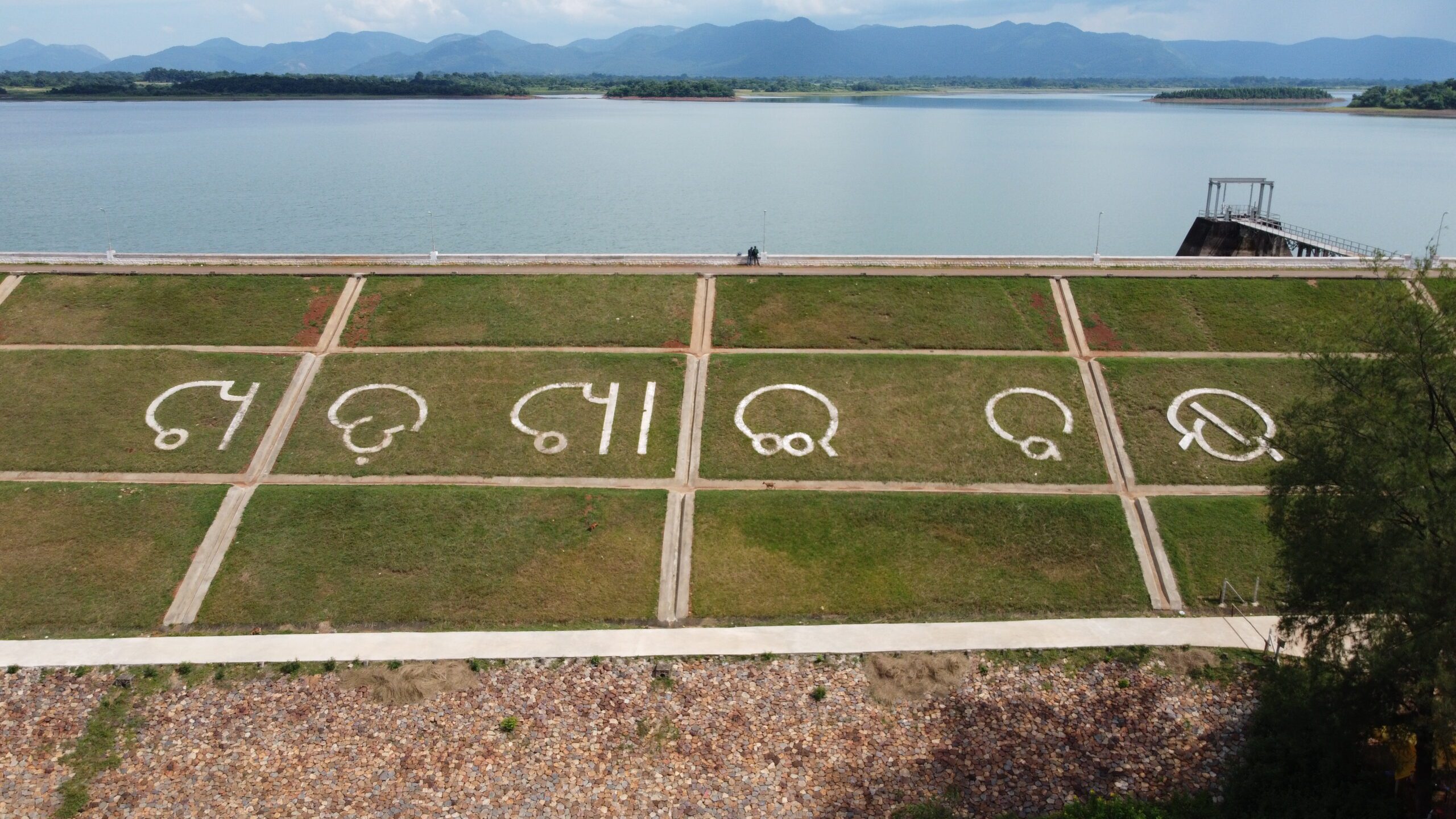Hemis Festival Ladakh Tourism
Hemis Festival Ladakh Tourism: The Himalayas, known for their purity and spectacular beauty, you will find a destination that fulfills your dreams of spiritual understanding. Ladakh, with its high-altitude desert landscape, is adorned with many beautiful monasteries representing all four major sects of Buddhism: Nyingma (8th century), Kagyu (11th century), Sakya (1073), and Gelug (1409). These monasteries are not only stunning jewels of the region but also the center of Ladakh’s vibrant spiritual traditions and religious life.
Cham Dance In Hemis Monastery
Many monasteries in Ladakh hold annual festivals featuring sacred Tantric dances, known as Chams. These highly choreographed sacred dances are performed by monks to the accompaniment of mystic music, invoking the blessings of Buddhas, Bodhisattvas, Dakinis, and goddesses. The elaborate rituals lasting several days are aimed at ensuring peace and prosperity in the world along with the well-being of all sentient beings.
One of the most famous annual festivals is the Hemis Festival. Unique and popular, this event is a great tourist attraction that attracts a large number of tourists from all over the world. Hemis is the largest monastery in the region, founded in 1630, and belongs to the Drukpa or Dragon lineage.
The three-day Hemis Festival celebrated on the 9th, 10th, and 11th of the fifth month of the local calendar, commemorates the birthday of Guru Padmasambhava, who was an important figure in the spread of Buddhism in the Tibetan Himalayan region. On the 7th and 8th lunar day, monks from Hemis and nearby monasteries gather in the assembly hall to worship and invoke Guru Dakpo, the wrathful form of Padmasambhava.
Importance of Lunar Day
On the ninth lunar day, monks decorate the monastery by adorning windows, balconies, doors, and halls with colorful clothes, curtains, precious Thangka images, silken scarves, and rich brocade pillars in the Assembly Hall and shrines. In the afternoon, the final rehearsal for the next day’s program takes place, with monks performing dances without wearing masks.
The 10th lunar day marks the main celebration of the Hemis Festival. Amidst resounding music and a sweet, swirling fragrance, a large silk image of the Great Drukpa Master Garus is unfurled, offering a significant blessing opportunity for devotees. The first sacred dance, known as “Setting Limits,” features 13 black-headed dancer monks in complete tantric dress, each garment rich with symbolic meaning. Through ritual gestures and dancing, they dispel evil spirits and negative influences, creating a protective boundary around the sacred space.
Sixteen dancers wearing copper-gilded masks represent divine fairies, led by Vajra Varahi, Queen of the Dakinis, accompanied by other Dakinis. They purify the area, teachers, and disciples, bestowing blessings that transform the entire scene into a pure Buddha land.
The eight manifestations of Padmasambhava appear with musical receptions, accompanied by a garland of monks in diverse masks, playing different roles as part of the Guru’s procession.
This performance offers an extraordinary encounter with Guru Rinpoche, Padmasambhava. Alongside the eight manifestations, sixteen Rigmas goddesses and a group of four Heroes wearing turbans over their masks, flags, and tiger skins around their waists, carrying damarus and bells, extol the inconceivable enlightened body, speech, mind, qualities, and activities of Guru Padmasambhava.
Hope you liked this article. Thank you
Related Article: Summer Vacation in Ladakh, Pangong Lake, Nubra Valley And Many More








